It’s spring, and that means backpackers, hikers, and campers will be going out into the backcountry. It’s also fire season, and every year it seems there are more wildland fires destroying hundreds of thousands of acres. Campfire safety is extremely important.
While fire is a normal and even necessary part of nature’s cycle, fires aren’t just started by lightning or other natural occurrences. In fact, according to fire ecologist Melissa Forder, 60% of wildland fires in national parks are caused by humans. According to Forest Service numbers, outside of national parks that number goes up to 90%.
In 2016, a group of teenagers near Hamilton, MT had a campfire while hiking in the backcountry. The teens thought they had effectively doused the fire before leaving the area, but they didn’t realize that the fire was continuing to burn in the duff underneath.
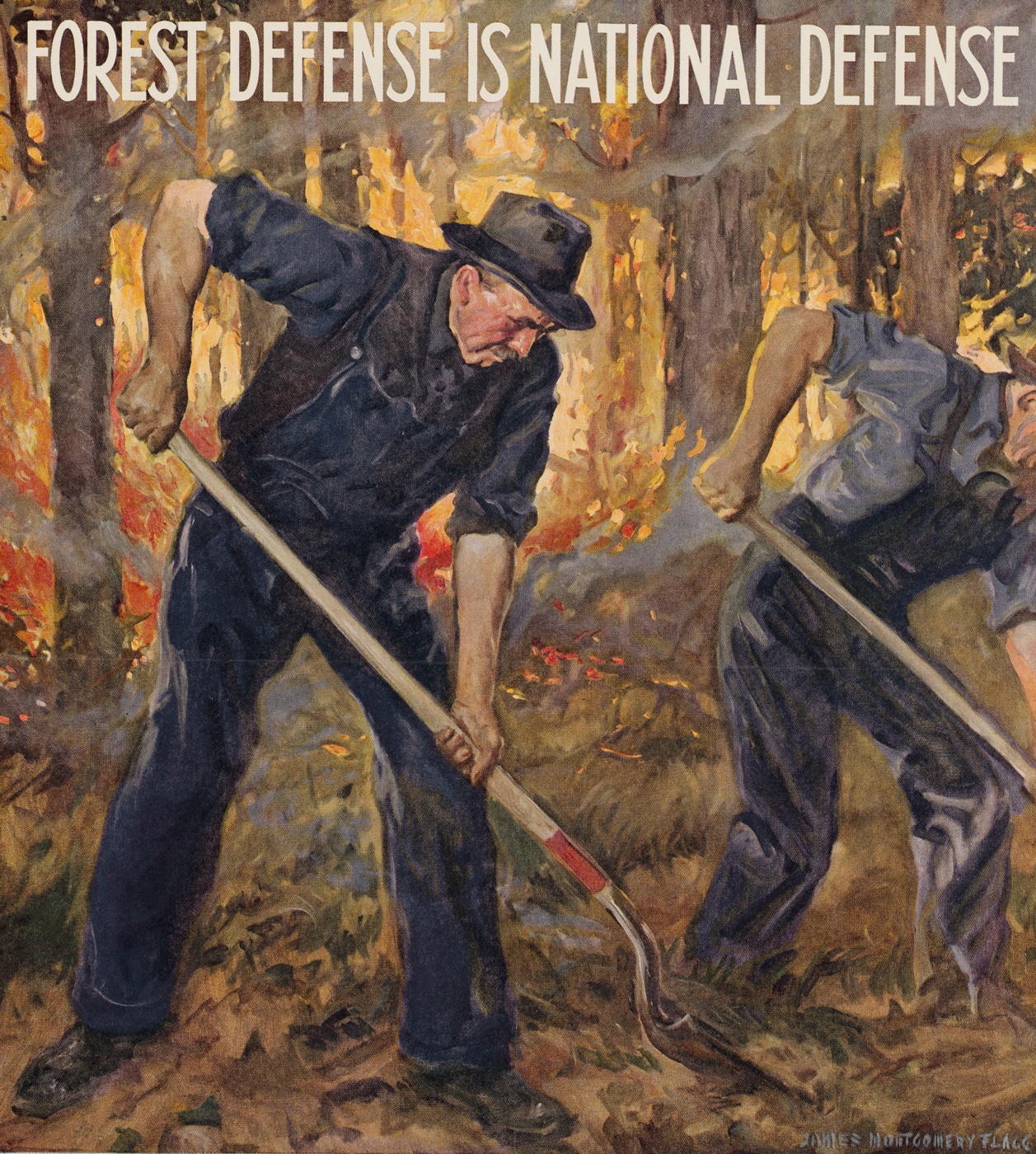
A few days later a cold front came in, and the resulting wind fanned the still-smoldering embers into a blaze that eventually took 8,658 acres of standing timber and grass, 16 homes and 49 outbuildings with a total cost of $11 million to fight.
Campfire Safety 101: Starting the Fire
Regardless of what brings you to the backcountry, being able to make a fire is an important part of your skillset — possibly even more important than keeping a large bore handgun in a chest holster should you run into bears, mountain lions or other dangerous critters.
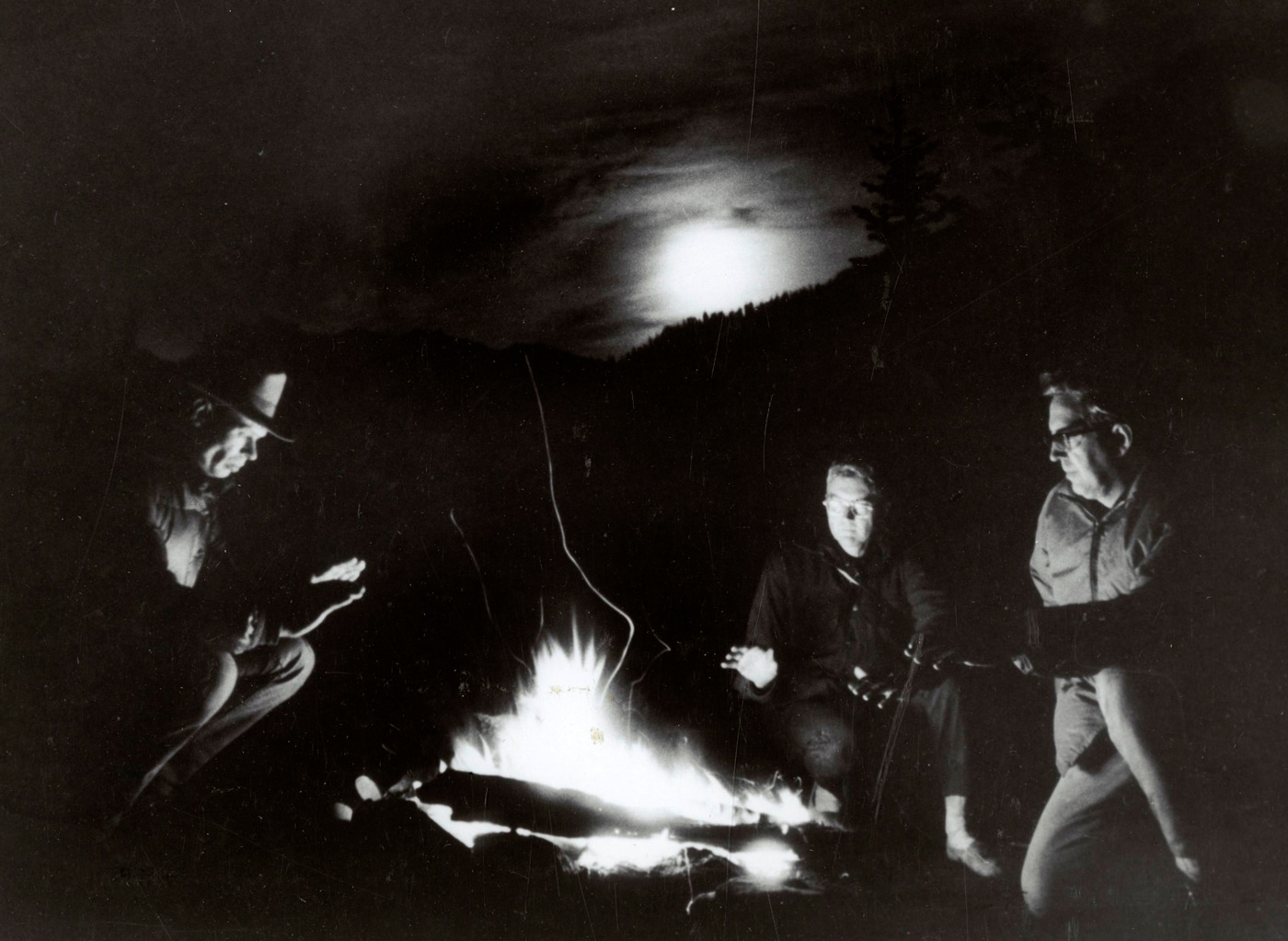
Equally as important, however, is your ability to start and put out that fire in such a way that it doesn’t harm the land around it—or you. I hope I demonstrated why it is important to properly extinguish a campfire in the real story above.
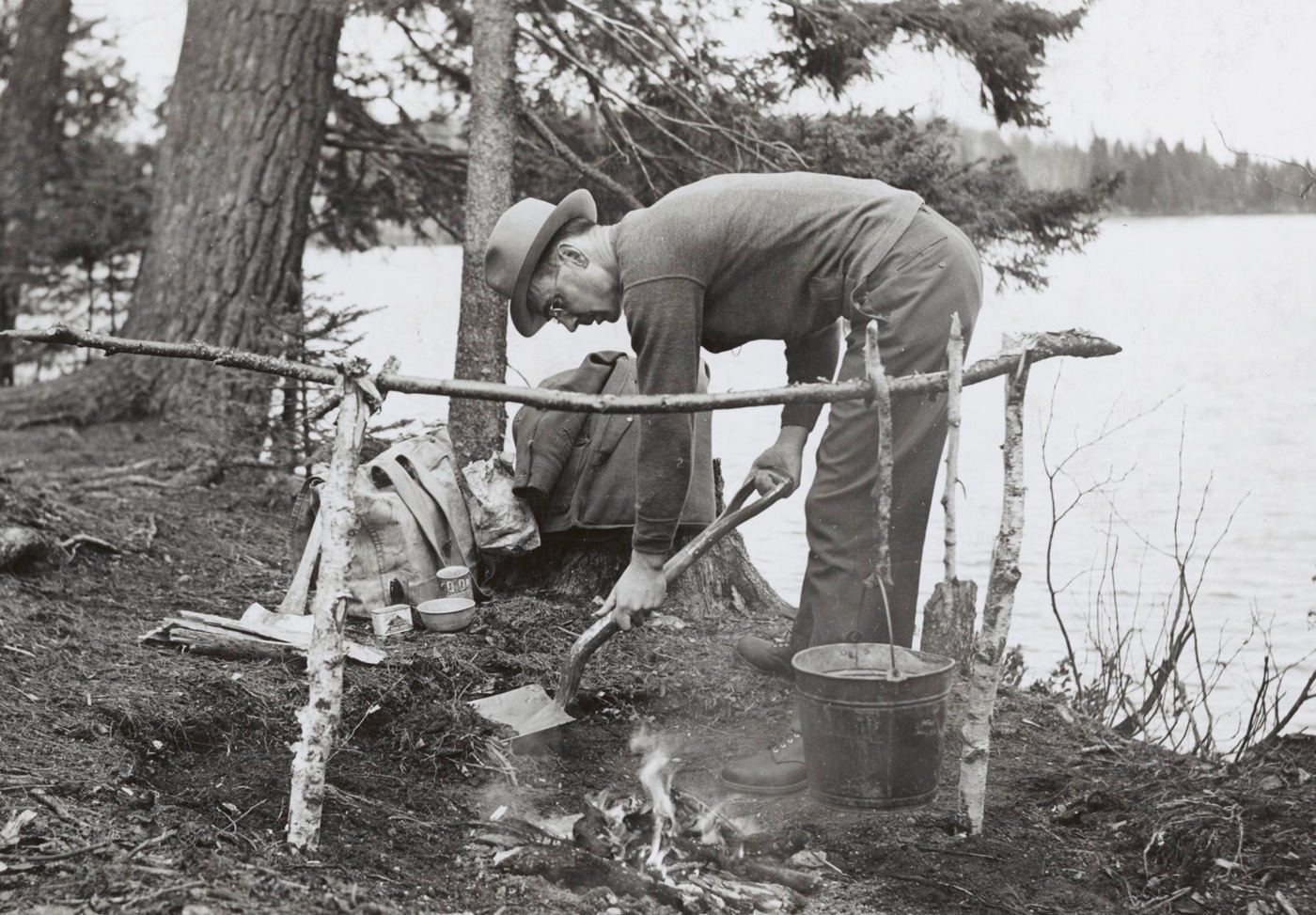
First and foremost, pay attention to local burn restrictions. In many areas of the country during the summer and early fall months, burning is restricted to certain times of the day, or even banned completely. In fact, in some areas the danger of fire is so high that you’ll be barred from using chainsaws, ATVs, and other things that can cause a spark.
Before going hiking or camping, check with the local ranger station or Department of Natural Resources to see what’s allowed and plan accordingly. You do not want to get caught busting those restrictions and accidentally starting a wildfire.
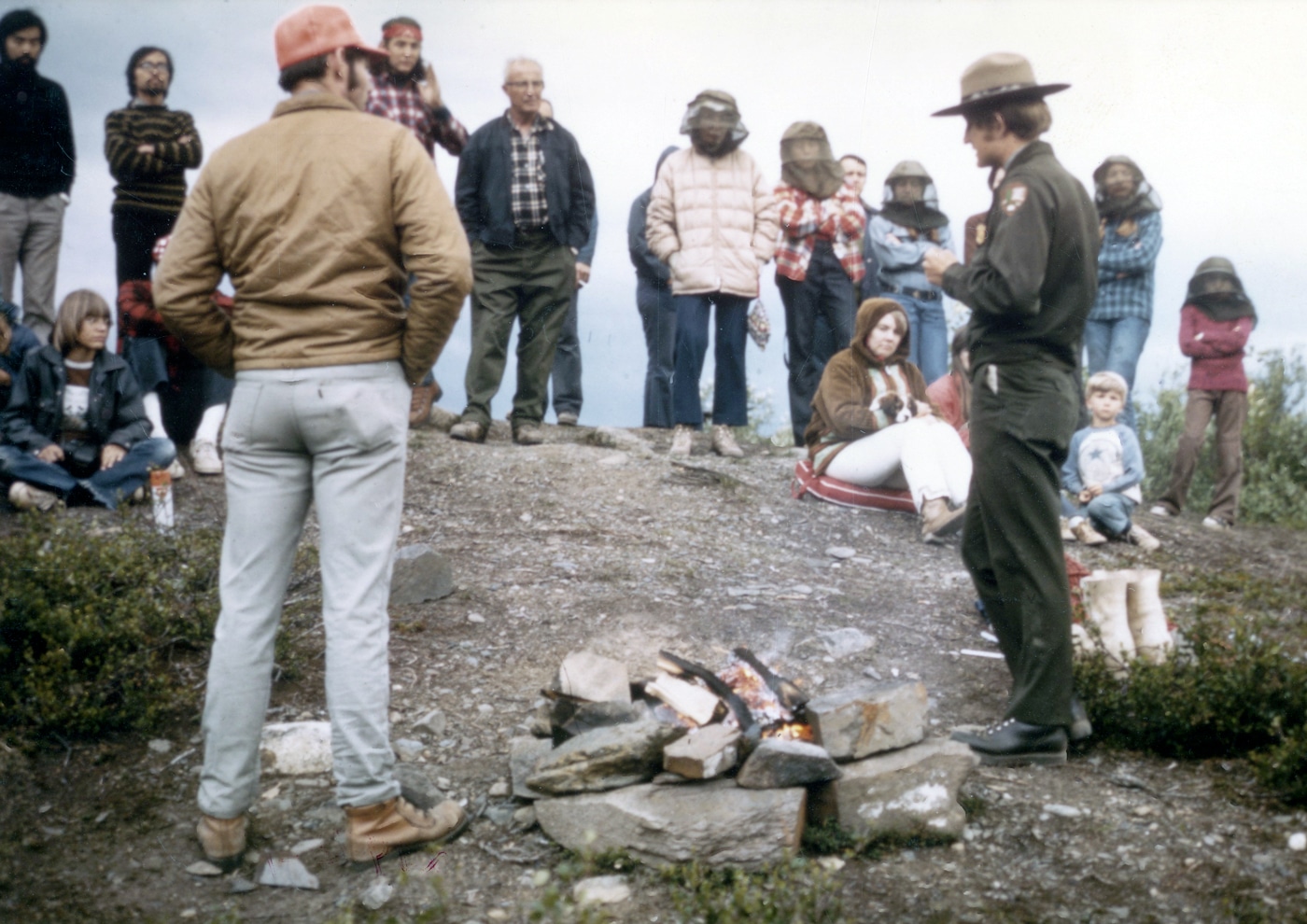
If you’re clear to burn, then the next step is starting your fire safely. Once you have gathered the materials you are using, you will need to clear an area of at least four feet around your fire pit of all brush and anything else that’s combustible.
Go all the way down to the dirt, and don’t forget to look up! Sparks travel, and so you’ll need to ensure that they won’t catch anything above you on fire, such as hanging branches.
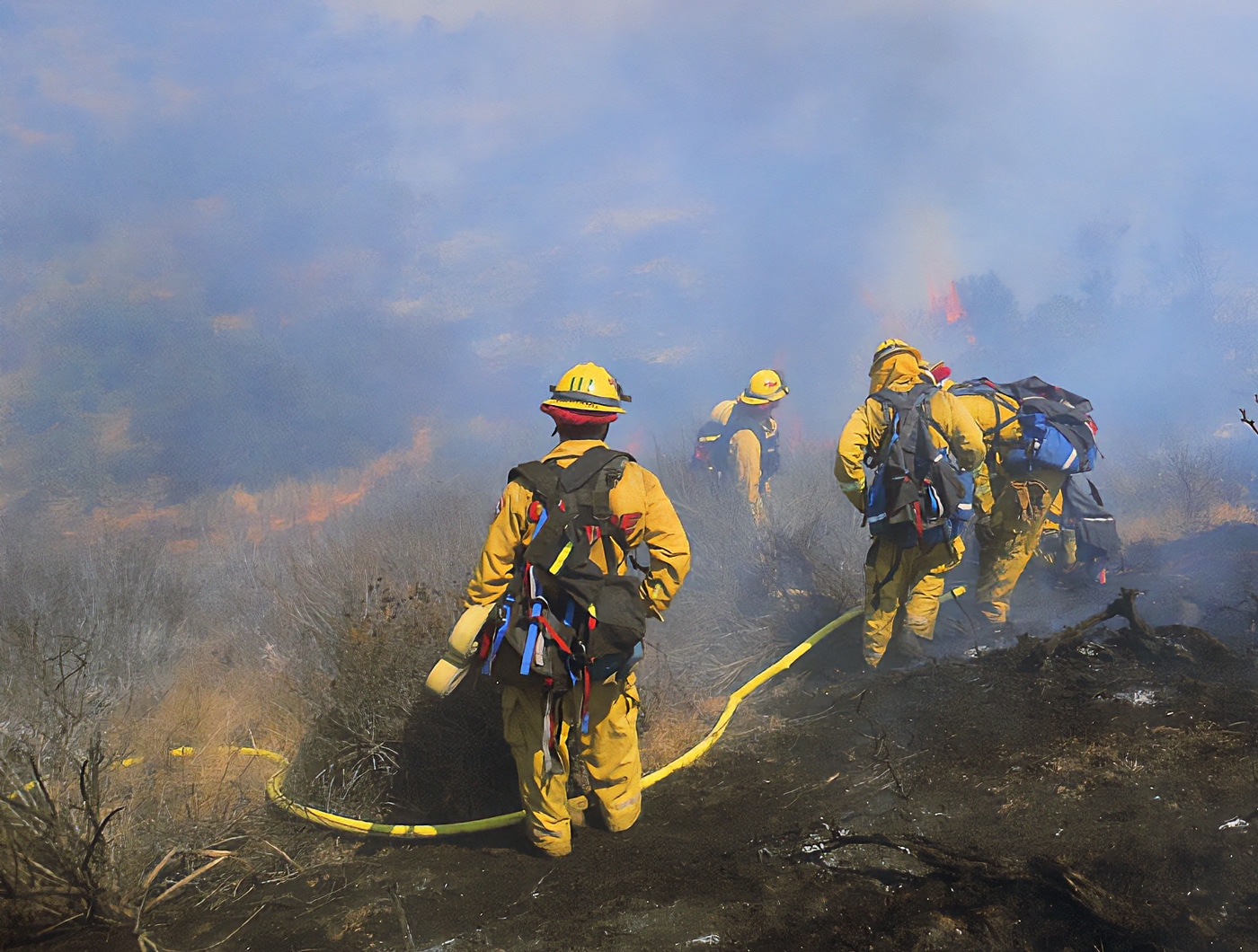
Traditionally, the National Park Service offers safety tips to campers on site. Take advantage of these if available. The big one is never leave an unattended campfire. But you also want to clear flammable material away from the fire site – roughly 5′ in diameter for a small fire. Keep a shovel and bucket of water close by in case something does catch on fire.
Putting Out a Fire Safely
Many people think that dumping a bottle of water on a fire and dousing the flames is enough to put it out. It’s not, as the teens who started the Roaring Lion Fire found out. Campfire remains can smolder for days; that’s why it’s important to put the fire out completely.
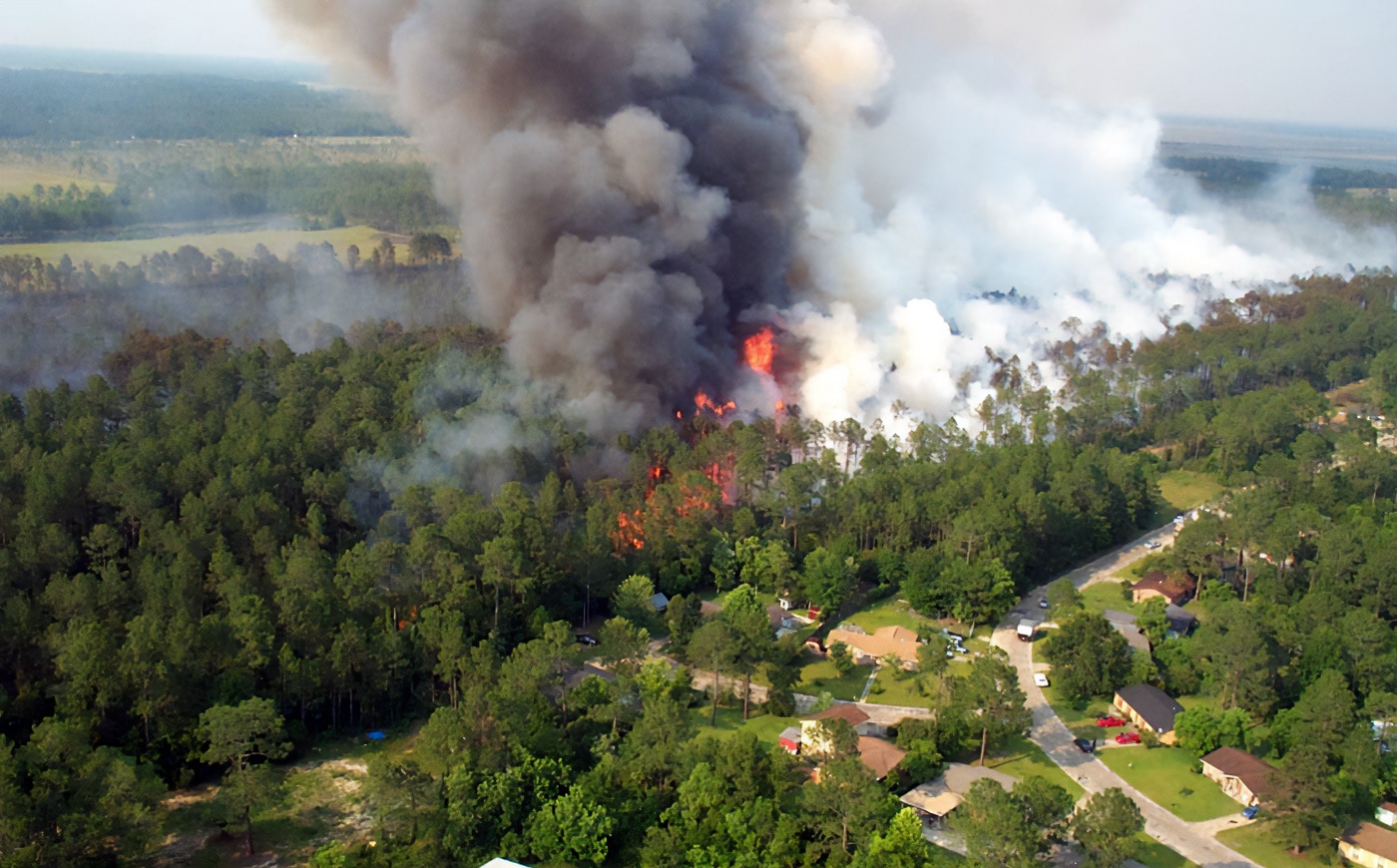
The U.S. Forest Service explains that in order to truly put your fire out, it’s a process:
- Drown it in water. Not just a bottle of water – drown it like angry Poseidon.
- Mix ashes and embers with soil and scrape any embers off of half-burned logs so they have no fuel to continue burning.
- Stir the embers to make sure everything is wet.
- Feel everything in the fire: coals, embers, logs, partially burned materials, etc., and make sure everything is cold to the touch. Turn over any rocks and feel underneath them as well. Everything should be cool when you touch it. If you’re afraid to touch it – add more water.
- Once your fire is cold to the touch, put more water on it just in case.
- Lastly, check the entire area for any embers or sparks that could have flown out of the fire itself. If anything in your site or fire area is too hot to touch, then you’re not done.
Final Thoughts
Preventing wildfires is really your job. Just like you are responsible for every bullet you fire, you are responsible for every fire you start. Until the fire is completely out, your job is not done.
When working around the fire, employ all of the safety practices recommended by the park service. These can help prevent camping injuries and forest fires.
Join the Discussion
Read the full article here











